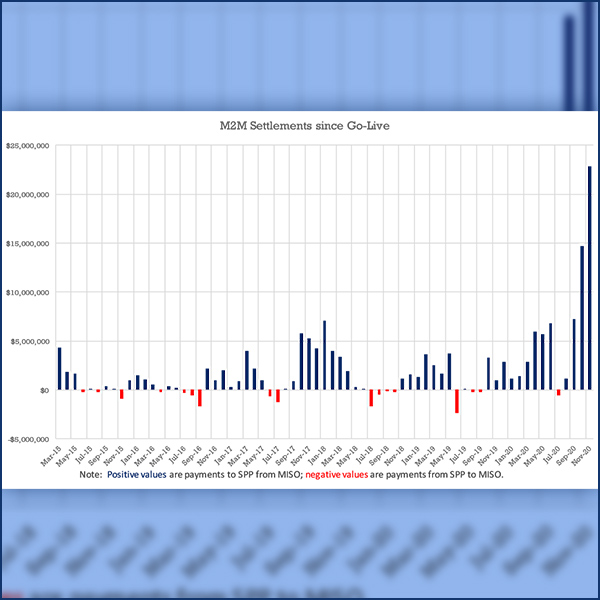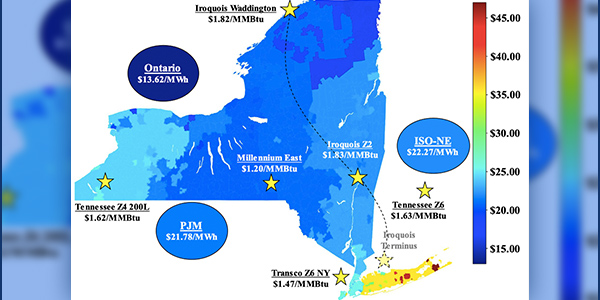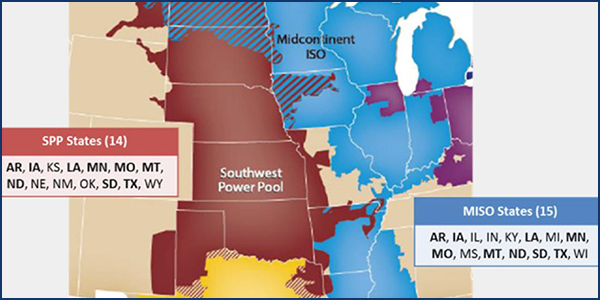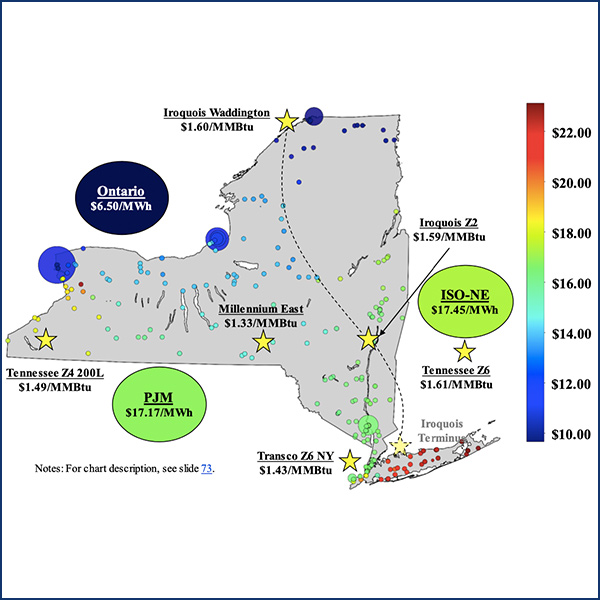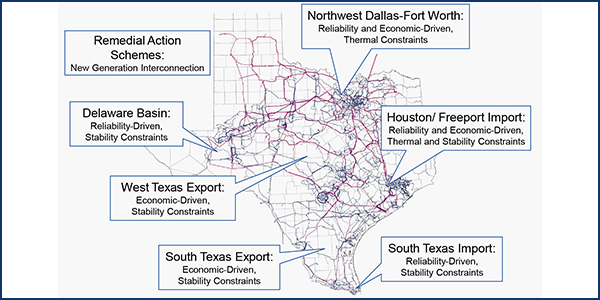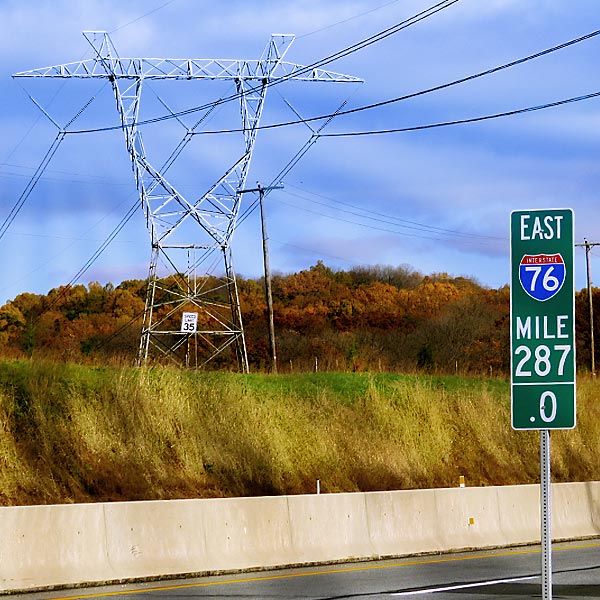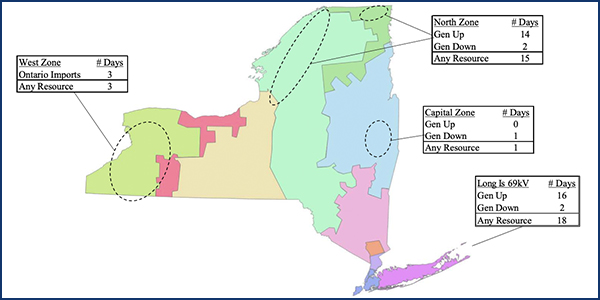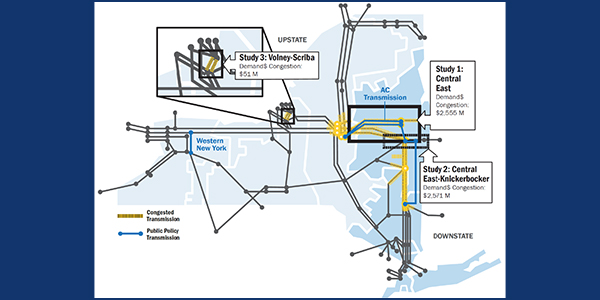transmission congestion
MISO execs say long-term transmission and a capacity market redesign are a must in response to rising climate risks and fleet change.
Western states must work together to build transmission avoid blackouts, Idaho Power CEO Lisa Grow and CAISO CEO Elliot Mainzer agreed.
SPP staff assured stakeholders they are looking into the causes of congestion around the MISO seam following a third month of record M2M settlements.
The NYISO markets performed competitively in the third quarter, but the use of OOM actions to meet reliability was a concern, the MMU said.
FERC ordered a technical conference to investigate overlapping congestion charges imposed on pseudo-tie transactions between MISO and SPP.
NYISO energy markets performed competitively in the second quarter, with the pandemic leading to the lowest load and average fuel prices in more than a decade.
Renewable energy’s proliferation has played a key role in helping ERCOT meet demand, but is also beginning to cause transmission constraints.
PJM stakeholders continued debating changes to processes used to plan market efficiency transmission projects, including a new regional targeted process.
NYISO energy prices sank to 11-year lows during the first quarter, ranging from $15 to $35/MWh, according to the MMU’s State of the Market report.
NYISO will need to expand its bulk transmission and some low-voltage lines to meet New York’s 2030 climate goals, according to the ISO's latest CARIS.
Want more? Advanced Search


